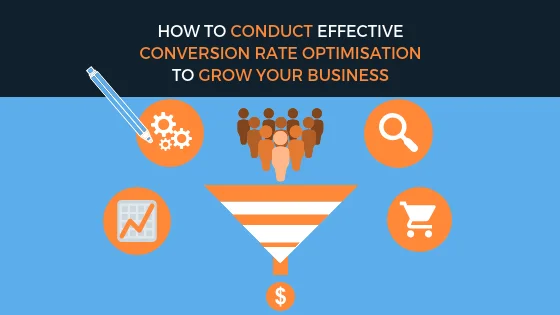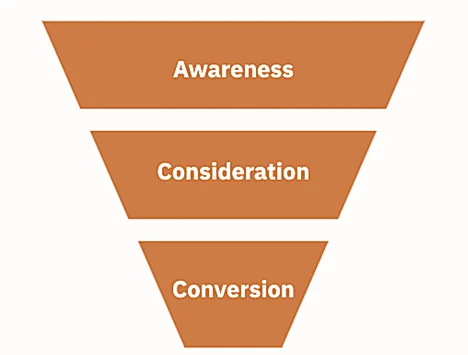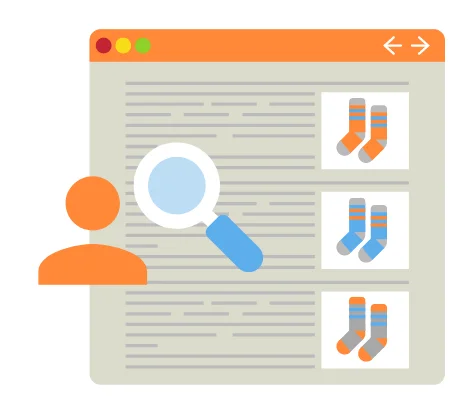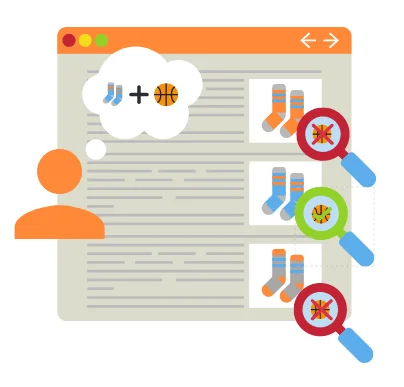
By Kelvin Sim
What is Conversion Rate Optimisation?
Conversion rate optimisation (CRO) is the systematic process of making improvements to your website with the objective of increasing your conversion goals. As we have mentioned in our recent blog post – Your Guide To Everything You Need To Know About Conversion Rates, conversion goals are the desired actions you want your website to produce.
Converting in this context refers to the action you want your visitors to take while they are on your website; this could be a purchasing a product via your Ecommerce website, a subscription to an online service tool or a form submission.
Therefore, CRO involves understanding what your visitors on your website are looking for, their journey as they navigate through your website and the actions they take during their visit. More importantly, CRO also involves understanding what deterrents exists on your website to prevent them from completing your website goals.
Now before you begin your CRO activities, you must first understand CRO’s role at each stage of the marketing funnel.
The Marketing Funnel and CRO
In the previous section we explained that CRO is essentially the process of understating how visitors performed a desired action on your website. To understand this conversion journey, you must first understand the marketing funnel.
The marketing funnel is a system designed to attract and convert customers to your business. Ultimately, the goal is to convert your visitors into ‘paying customers’ – This is subjective to your conversion goals.
There are 3 stages in the marketing funnel:
- Top of the funnel – Awareness/ Discovery Stage
- Middle of the funnel – Consideration Stage
- Bottom of the funnel – Decision/ Conversion Stage

Each stage of the funnel carries a specific function. If one stage of the funnel is optimised, more prospects trickle down to the next stage, and this process continues.
Top of the Funnel Strategies
The top of the funnel is all about engaging your visitors with content that will help them discover how your website offers the optimal solution for the problem they’re experiencing.

For example, a user may browse through the search engine results page looking for a pair of socks. This user then clicks on a link that redirects them to your Ecommerce clothing store where you offer a broad range of socks. At this stage the user has discover your website and have entered the first stage of the marketing funnel.
At this stage your CRO activities should focus on providing visitors content in a format that they will engage with and encourage them to perform an action that will lead them further down the marketing funnel.
Remember, this stage of the funnel is about engaging your visitors and maximising awareness. It is not about convincing your visitors to perform complete a desire conversion goal, for instance purchasing a pair of socks from your Ecommerce store; that comes later in the funnel.
Middle of the Funnel Strategies
The middle of the funnel is about providing solutions for your visitors to consider for the problem they’re experiencing.

For example, in the given example above your visitor is now aware your Ecommerce store offers a broad range of socks. They are now searching for a pair of socks with their favourite basketball team’s logo on it. At this stage your visitor is navigating through your product listings and seeking more information.
At this stage your CRO activities should focus on developing targeted content in a format that will interest your visitors. For instance, optimising the content at this stage may be providing your visitor a variety of socks with their favourite basketball team’s logo to choose from. This will offer them options to consider and encourage them to perform yet another action that will lead them to the bottom of the marketing funnel – the conversion stage.
Bottom of the Funnel Strategies
The bottom of the funnel is where you want all your visitors to end up as soon as they enter the funnel. The conversion phase of this stage deals with your visitors performing the desired actions and completing the conversion goals you have set on your website.

For example, your visitor has found a pair of socks with their favourite basketball team’s logo printed on them. Your visitor has now decided to buy these pair of socks and in doing so your visitor will have to enter their personal and credit card details.
At this stage your CRO activities should focus on providing visitors a clear optimal solution to the problem there are experiencing, in this case a pair of socks with their favourite basketball team’s logo printed on them.
Furthermore, the CRO at this final stage is to ensure visitors take the necessary steps in order to complete your conversion goal. These steps must be clearly mapped out in an efficient and effective manner.
The journey from visitor to lead to customer is complicated. However, this journey becomes much simpler when you have optimised each stage of the marketing funnel. With CRO, you’re able to design a marketing funnel that doesn’t have any conversion friction, and your visitors seamlessly transitions from one funnel stage to the next.
Now that you understand CRO’s role in the marketing funnel, you’re probably thinking “Why is CRO important to me?”
Why Is CRO Important For Business Growth
CRO is the process of optimising each stage of the marketing funnel to convert visitors to leads to customer. This optimisation process will help increase the number of conversion goals completed on your website and consequently increase your conversion rates.
Here are 2 major reasons why CRO is important for your business.
- Tracking your conversion rate is the key to success.
Understanding and tracking your conversion rate is essential to the success of your business. It can help identify any strengths and weaknesses in your website, allowing you to action the necessary steps to improve your visitor’s journey to completing a conversion goal.
- Getting visitors is hard work and expensive.
A crucial metric to consider is the Return of Investment (ROI) in any marketing campaign. Other forms of digital marketing efforts such as Search Engine Optimisation (SEO) and Paid-Per-Click (PPC) advertising campaigns will require time and resources to implement. This makes your visitors very valuable and losing them can be very costly if not done correctly. Although traffic is great indication of how well people can find your website, but if no one is completing your conversion goals then you’re essentially wasting money.
Conclusion
CRO is important because it helps you understand how your online visitors navigate through your website as well as the actions they take/ or don’t take during their visit. To ensure a comprehensive understanding of these website movements it is within best practise to consider CRO at each stage of the marketing funnel. This will help drive visitors to undertake a series of actions that will encourage them to complete the conversion goals you have set on your website. Consequently, when CRO is conducted effectively this will help increase your website’s conversion rates and ultimately, contribute to the growth of your business.









